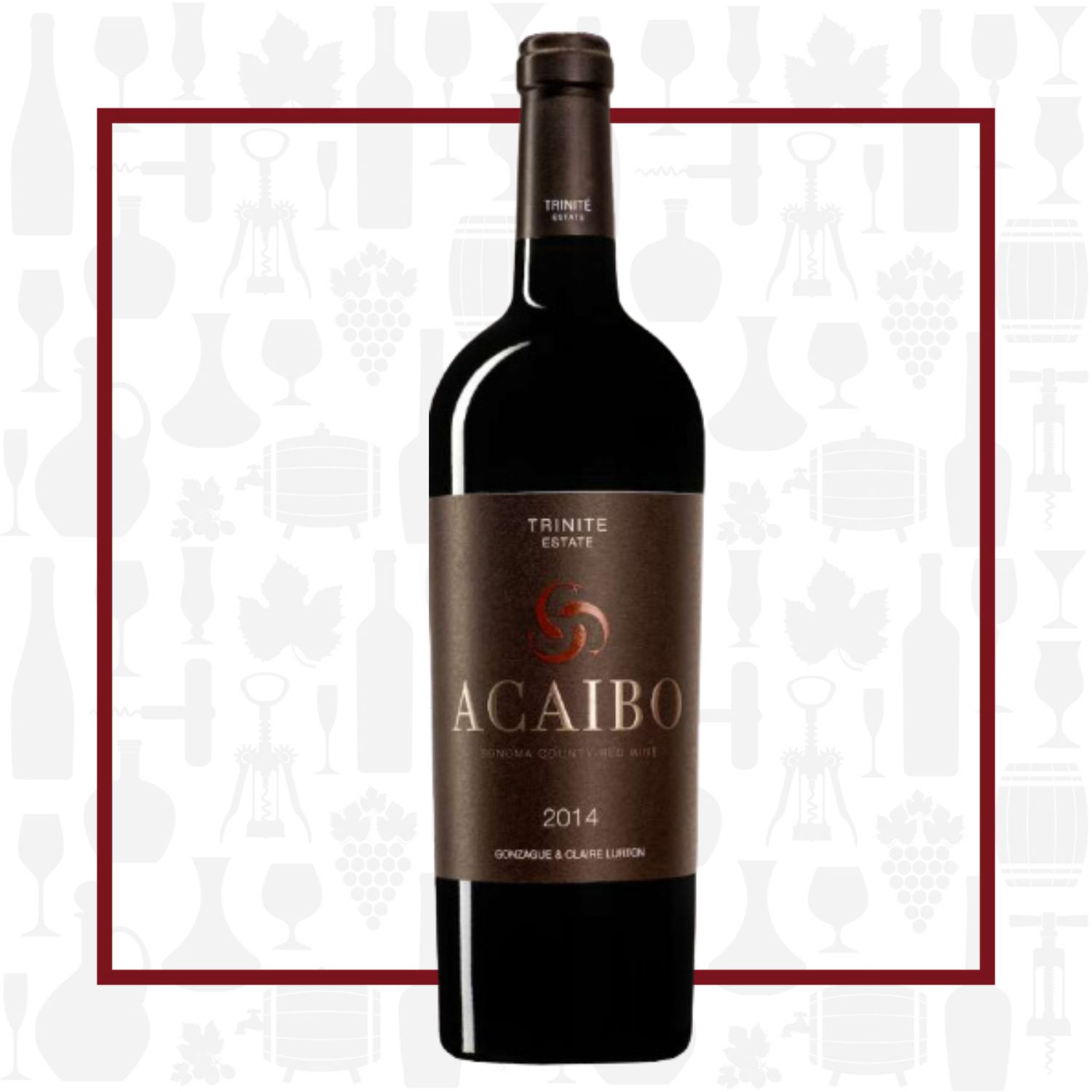Cellar Profile
Situated in Chalk Hill, G & C Lurton’s neighbour is the iconic Vérité Winery. Indeed, it was Vérité’s winemaker, fellow Bordelais and friend Pierre Seillan, who told Gonzague and Claire Lurton about this fabulous vineyard, which led them to buy it. This power couple grew up in the Bordeaux wine industry. “Lurton” is a household name in wine circles and Claire Villars-Lurton brought back her family’s Grand Cru Classé estates (Château Ferrière and Château Haut-Bages-Libéral) to their former glory, becoming some of the most sought-after releases every year. This Sonoma County estate is planted vertically, in a sloping amphitheater, where biodynamic farming methods are employed. Planted to classic Bordeaux varieties — Cabernet Sauvignon, Cabernet Franc, Merlot and Sauvignon Blanc — the focus is on creating premium, limited bottlings of exquisite quality, each wine aged before release. Sitting east of Russian River Valley and southwest of Alexander Valley and Knight Valley, Chalk Hill is known for giving powerful, structured reds. Lurton wines are just that: powerful, graceful and structured.
Region
Chalk Hill is a tiny AVA in Northern Sonoma County, nestled among the eastern hills of the famous Russian River Valley. Its unique terroir in the hills means that it is slightly warmer than many of the surrounding AVAs. It is planted mostly to Bordeaux varieties. Chalk Hill has around 650 hectares (1600 acres) of land under vine and just a handful of producers. Chalk Hill’s terroir is based on powdery white volcanic ash, which is less fertile than the alluvial soils in the valley below. Soils with low fertility are usually considered optimum for winegrowing, as they force vines to work hard for survival, leading to lower yields of higher-quality grapes.
Vineyard
Tucked around a corner along Chalk Hill Road lie 24 acres of organically farmed vineyard. This is Trinité Estate: the land of Acaibo. Acaibo is located between the cool Russian River to the west, the warm Alexander Valley to the North and Knights Valley to the Northeast. The land features a range of microclimates, topography and soils. To take full advantage of their unique conditions, each block was delineated and developed based upon the puzzle of terroir. Soils, microclimates, topography and exposure were all considered in the grape planting, rootstocks, orientation, vine spacing and drainage. Grapes grown on double Guyot trellises help to optimize sun exposure and fruit conditions.
Winemaking
State of the art reception line with vibrating tables throughout to minimize impact. Berries are meticulously sorted by hand and the advanced “Mistral” wind system, leaving only the highest in quality. Small lot fermentation in thermo-regulated stainless steel tanks with 5 days of cold soak followed by alcoholic fermentation. Malolactic fermentation follows in barrel. An average of 18 months in French Oak barrels sourced from the finest forests of central France. 70% are new barrels from a mix of world-class coopers with an array of toast profiles.
Varieties
This traditional Bordeaux blend is indicative of the Lurton’s history in that French wine region. Red Bordeaux blends are known for their powerful structure and deep flavors. Dark fruits and berries such as plum and blackcurrant are commonly used to describe the flavors of red Bordeaux. Tannins tend to be relatively high, giving the wines a firm structure. Cabernet Sauvignon is widely accepted as a compulsory component of any Bordeaux blend, with Merlot following closely behind. In fact, the majority of Bordeaux blend wines are made exclusively from these two varieties. The remaining components are Cabernet Franc, Petit Verdot and Malbec, used in varying combinations and proportions.
Tasting Notes
Translucent dark red in the glass. Lots of blackcurrant, violet and perfume on the nose. The palate has a subtle entry, with bright red fruit and slight toasted oak, moving into a richer, more plummy mouthfeel with polished, ripe tannins and a long and flavourful finish.

